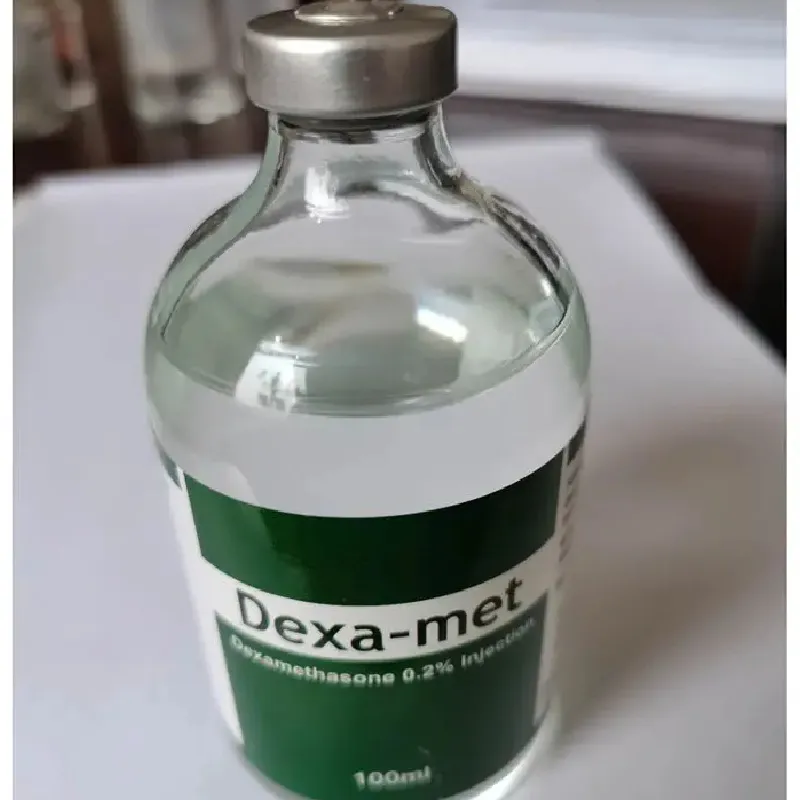- Afrikaans
- Albanian
- Amharic
- Arabic
- Armenian
- Azerbaijani
- Basque
- Belarusian
- Bengali
- Bosnian
- Bulgarian
- Catalan
- Cebuano
- Corsican
- Croatian
- Czech
- Danish
- Dutch
- English
- Esperanto
- Estonian
- Finnish
- French
- Frisian
- Galician
- Georgian
- German
- Greek
- Gujarati
- Haitian Creole
- hausa
- hawaiian
- Hebrew
- Hindi
- Miao
- Hungarian
- Icelandic
- igbo
- Indonesian
- irish
- Italian
- Japanese
- Javanese
- Kannada
- kazakh
- Khmer
- Rwandese
- Korean
- Kurdish
- Kyrgyz
- Lao
- Latin
- Latvian
- Lithuanian
- Luxembourgish
- Macedonian
- Malgashi
- Malay
- Malayalam
- Maltese
- Maori
- Marathi
- Mongolian
- Myanmar
- Nepali
- Norwegian
- Norwegian
- Occitan
- Pashto
- Persian
- Polish
- Portuguese
- Punjabi
- Romanian
- Russian
- Samoan
- Scottish Gaelic
- Serbian
- Sesotho
- Shona
- Sindhi
- Sinhala
- Slovak
- Slovenian
- Somali
- Spanish
- Sundanese
- Swahili
- Swedish
- Tagalog
- Tajik
- Tamil
- Tatar
- Telugu
- Thai
- Turkish
- Turkmen
- Ukrainian
- Urdu
- Uighur
- Uzbek
- Vietnamese
- Welsh
- Bantu
- Yiddish
- Yoruba
- Zulu
10 月 . 09, 2024 22:24 Back to list
Classification and Overview of Antibiotics Used in Veterinary Medicine
Veterinary antibiotics play a crucial role in managing animal health and preventing diseases in livestock and pets. These pharmaceuticals are categorized based on their chemical structure, mode of action, and spectrum of activity. Understanding the classification of veterinary antibiotics is essential for effective treatment and responsible use to prevent antibiotic resistance.
One primary classification of veterinary antibiotics is based on their chemical families. Common families include beta-lactams, tetracyclines, macrolides, aminoglycosides, and sulfonamides. Each of these classifications has a unique mechanism of action. For instance, beta-lactams, which include penicillin and cephalosporins, work by inhibiting cell wall synthesis in bacteria, leading to cell lysis and death. Tetracyclines, on the other hand, impede protein synthesis by targeting the bacterial ribosome, thereby stopping bacterial growth.
Another important classification is based on the spectrum of activity. Antibiotics can be categorized as broad-spectrum or narrow-spectrum. Broad-spectrum antibiotics, such as tetracyclines, are effective against a wide range of bacteria, both gram-positive and gram-negative. This makes them useful in treating mixed infections or when the specific pathogen is unknown. In contrast, narrow-spectrum antibiotics, such as penicillin, are effective against specific groups of bacteria and are preferred when the causative agent is identified to minimize impacts on beneficial bacteria.
veterinary antibiotics classification pdf

The selection of an appropriate antibiotic also depends on the route of administration, which can further classify these medications as oral, injectable, or topical. Furthermore, veterinary antibiotics are often prescribed based on the type of animal, as the pharmacokinetics can vary significantly between species, necessitating careful dosing considerations.
Lastly, the use of veterinary antibiotics must be approached with caution. The rising issue of antibiotic resistance poses a significant threat to both animal and human health. As such, veterinary practitioners are encouraged to follow guidelines for responsible antibiotic use, ensuring that these essential medications remain effective for future generations.
In summary, the classification of veterinary antibiotics aids in their appropriate use, enhancing animal health while addressing the urgent challenge of antibiotic resistance. Understanding these classifications ensures that veterinarians can make informed decisions in the treatment of infectious diseases in animals, ultimately contributing to the wellbeing of both animal and human populations.
-
The Power of Radix Isatidis Extract for Your Health and Wellness
NewsOct.29,2024
-
Neomycin Sulfate Soluble Powder: A Versatile Solution for Pet Health
NewsOct.29,2024
-
Lincomycin Hydrochloride Soluble Powder – The Essential Solution
NewsOct.29,2024
-
Garamycin Gentamicin Sulfate for Effective Infection Control
NewsOct.29,2024
-
Doxycycline Hyclate Soluble Powder: Your Antibiotic Needs
NewsOct.29,2024
-
Tilmicosin Premix: The Ultimate Solution for Poultry Health
NewsOct.29,2024













